Did you know that July 17 is National Tattoo Day in the United States?
Interestingly, this unofficial holiday falls right in the middle of what many people consider the height of kayaking season.
While you might want to show off your current tattoo on this day, you may need to hold off on getting a new one.
Going kayaking with a new tattoo might not be the best idea if it is in the early healing stages.
If you’ve got fresh ink, or are considering getting a tattoo, then here is what you need to know about when you can go kayaking again.
- What Are the Risks Involved With Kayaking With a New Tattoo?
- How Long Should I Wait to Expose My Tattoo to Water?
- What Stage of the Healing Process Am I In?
- Does the Location of the Tattoo Matter?
- What If Its Just a Touch Up?
- Can I Kayak On a Calm Body of Water?
- Is Saltwater Safer for Tattoos Than Freshwater?
- Are Flesh-Eating Bacterial Infections Real?
- What If I Wear Waterproof Clothing?
- Would Plastic Wrap or a Medical Bandage Keep It Dry?
- Will Paddling Hurt My Arm or Shoulder Tattoo?
- Can I Still Do My Kayak Workouts on Dry Land?
- What If I Already Went Kayaking?
- How Can I Protect a Healed Tattoo From Fading From Kayaking?
- What If My Kayaking Buddies Want to Get Tattooed Together?
- Conclusion
- You Might Also Like…
What Are the Risks Involved With Kayaking With a New Tattoo?
Several things can happen if you go kayaking shortly after you get a new tattoo.
The most obvious one is that you could develop a skin infection if your tattoo is exposed to pathogens in a natural body of water.
Your tattoo might also lose some of its ink if it hasn’t had time to completely set. During the first several hours to days after getting your tattoo, you’ll notice your skin weeping.
Exposure to too much water could cause the tattoo to lose enough ink that it heals with faded spots.
How Long Should I Wait to Expose My Tattoo to Water?
Reputable tattoo artists should send you home with aftercare instructions that detail the best ways to care for your skin. However, only a handful of states require them to do so.
Recent studies highlight the importance of choosing a highly trained tattoo artist since those who had received prior training in skin conditions are more likely to provide essential aftercare instructions to their clients.
Tattoos are open wounds in your skin that need time to heal before they are fully protected against infections.
Some tattoo artists will tell you that you should wait at least several days before immersing the site in water, while another could tell you to wait until it is completely healed.
Let your tattoo artist know that you plan to kayak in the near future. This could help them predict when you can get your tattoo wet based upon the increased risk for an infection from natural bodies of water.
However, it is best to understand that there is not a set amount of time for when you can safely go kayaking with your new tattoo.
The healing time for a tattoo varies depending upon your overall health, age, and the size of the tattoo.
If you do not have any complications, then you should be able to go kayaking within two to four weeks.
The best way to know when you can go kayaking is to observe your skin for signs that the tattoo is fully healed.
What Stage of the Healing Process Am I In?
Tattoos heal in several different stages that are each marked by specific symptoms that are observable on your skin.
Stage 1
Redness and oozing are the hallmark symptoms that you’ll notice for the first several days after getting inked. Although it might be alarming, this is normal considering the trauma that tattoos create.
The fluids oozing from the tattoo site might be clear, yellowish or blood-tinged. You might also notice some colors mixed into the fluid that is just excess ink.
The oozing should slow down significantly after the first day, but it can continue for the first week.
This stage is when you are most vulnerable to infections and skin damage from kayaking due to your skin being so raw and open.
Stage 2
This stage covers the first and second week or so after getting a tattoo.
By now, the weeping has stopped, and you might be noticing that the tattoo is scabbing over.
This process creates some itching, but it is important not to scratch your skin or pick off the scabs. Doing so could cause your skin to develop faded spots.
Exposing your tattoo to wetness for long periods of time at this point could cause the scabs to break down before they are ready to fall off of your skin naturally.
Stage 3
During this final stage of healing, you might start to worry about how your tattoo will look in the end.
Once the scabs fall off, your new ink might look cloudy, and your skin might start to peel.
Allow this process to happen naturally. In a few more days, your tattoo will be covered in fresh, healthy skin that is ready to get wet while you are kayaking.
Does the Location of the Tattoo Matter?
The location of the tattoo impacts how fast it heals along with whether or not it might get wet during your trip.
Tattoos that are located on parts of your body that move frequently tend to take longer to heal. This is because moving areas such as your wrist can disrupt the newly forming skin.
A tattoo that is located on the nape of your neck is also less likely to get wet compared to one on your wrist.
This could make a difference regarding whether or not you can keep the tattoo dry and free from irritation, but you can never rule out the possibility of a capsize that leaves you completely soaked.
What If Its Just a Touch Up?
Touch ups use the same process as the artist used during the placement of the original design.
For the most part, you should expect to have a similar amount of healing time along with aftercare instructions.
A mild touch up could heal faster than the first time if it only covers a small area on a larger tattoo.
Can I Kayak On a Calm Body of Water?
The amount of water that your tattoo could be exposed to does depend somewhat on where you go kayaking.
Obviously, whitewater kayaking or hitting heavy ocean waves could get you wetter compared to slowly meandering around a clear lake.
All forms of kayaking do carry some risk of you inadvertently getting your tattoo wet, but this could affect your decision.
Is Saltwater Safer for Tattoos Than Freshwater?
The Centers for Disease Control recommends that anyone with a fresh wound, such as from a tattoo, should stay out of brackish and saltwater to avoid potential infections from bacteria.
The organization even goes so far as to recommend avoiding wading in it, and kayaking has more risk for exposure to the water than simply walking on the beach.
Saltwater is more likely to be contaminated with certain types of bacteria, such as Vibrio vulnificus, but freshwater also carries risks for kayakers.
Lakes and rivers can carry bacteria that enter your skin through an injured site. These bacteria can cause illnesses with symptoms that range from skin infections to gastrointestinal distress.
Lakes are also known for being a location where people can pick up parasites. Swimmer’s itch is an example of an uncomfortable skin reaction that occurs after exposure to parasites that infect birds such as ducks and geese.
Exposure to these parasites causes an itchy rash that could disrupt how your tattoo heals.
Are Flesh-Eating Bacterial Infections Real?
Flesh-eating bacteria are unfortunately a real thing. The official name for this condition is necrotizing fasciitis.
Most cases of this involve group A strep infections, and the condition can cause the tissues of your body to die.
It is possible to develop this type of infection from exposing a tattoo to bacteria in the water.
However, it is good to know that this condition is rare. Currently, the CDC only tracks around 700 to 1200 cases a year, and most of these come from exposure to bacteria in other settings such as hospitals.
What If I Wear Waterproof Clothing?
Many kayakers prefer to stay as dry as possible during their trips. You might need to wear waterproof clothing to stay warmer.
Drysuits are common for kayakers to wear, and they can help to keep your tattoo dry. They can sometimes leak, which is a factor that you’ll need to think about before you decide to go kayaking.
Other forms of water-resistant clothing could also protect your tattoo, but they are also not fail-proof.
Clothing with elastic bands and other safeguards could still ride up and expose your tattoo or develop a leak.
Would Plastic Wrap or a Medical Bandage Keep It Dry?
Some avid kayakers and swimmers use medical bandages to protect cuts in their skin from being exposed to the water.
This is also more effective than leaving the tattoo uncovered, but the bandage might lose its adhesive’s effectiveness when it is exposed to water for long periods of time.
Will Paddling Hurt My Arm or Shoulder Tattoo?
A new tattoo can feel sore or itchy during the initial healing period. Paddling requires you to use your arm, back, shoulder and core muscles.
If your tattoo is located in any of these areas, then you might feel additional soreness from the skin stretching.
Paddling can also cause clothing to rub on your fresh wound, and the friction can interfere with healing.
Can I Still Do My Kayak Workouts on Dry Land?
This is a great time to continue to build your kayaking skills without getting wet.
You can still do many of your favorite workouts during this time to build up your arms and shoulders. It is important to keep your workouts light.
Sweating can delay your tattoo’s healing time. Straining your body also impacts your immune system’s functioning.
Take it slower than normal, and pay attention to your body. If you begin to sweat excessively or feel overly tired, then take a break. You can always resume your workout later.
What If I Already Went Kayaking?
So, it already happened. That kayaking trip might have been too tempting to pass up, or you might not have been thinking about your tattoo.
If your tattoo was exposed to the water, then you’ll want to pat it dry as soon as possible.
Once you get home, use your antibacterial soap to cleanse the area. Then, pat it dry and apply your preferred moisturizing product.
You’ll need to monitor your tattoo for signs of an infection for the next several days. If you notice any of these symptoms, then contact your physician or tattoo artist for advice:
- increased redness
- red streaks emanating from the tattoo
- pus or discolored fluids
- swelling
- having chills or a fever
If your tattoo is infected, then you might need an antibiotic or another form of medical treatment.
Preventing an infection is always best, but catching one early can save your tattoo and potentially your life.
How Can I Protect a Healed Tattoo From Fading From Kayaking?
Whether it takes two weeks or two months, you will eventually get to kayak again without fearing an infection. Once you hit this exciting moment, you’ll still want to care for your tattoo as you kayak.
1. Use Sun Protection
Sunscreen prevents the UV rays from breaking down the ink in your skin. Wearing the right sunscreen also prevents skin damage that can impact your tattoo.
For example, a severe sunburn could cause deep enough damage that the tattoo loses its color.
2. Cover It Up With Clothing
The effects of long hours in the sun can also be counteracted by wearing sun-protective clothing.
Try to wear clothes that cover up the area where you have your tattoo. Looking for ones that protect our skin from UV rays keeps your tattoo looking brand new for longer.
3. Moisturize After Kayaking
All of that sunshine and water can dry out your skin, especially if you spend time kayaking on the ocean.
Once you’ve had a chance to dry off, apply your favorite moisturizer. This helps to prevent the tattoo from looking cloudy or starting to flake.
What If My Kayaking Buddies Want to Get Tattooed Together?
Getting a tattoo together is an awesome bonding experience to do with your favorite kayaking friends.
If you plan to get your tattoo during a trip to a new location, then consider getting one on your last day when all of the water activities are complete.
Planning to get a tattoo together is also a great way to celebrate the end of a season or major competition.
Carefully choosing the date makes sure that your commemorative moment doesn’t interfere with anyone’s fun or put your group at risk for an infection.
Conclusion
Kayaking with a fresh tattoo leaves you vulnerable to infection, and exposure to sunlight and water could ruin the design before it has time to set.
Waiting a week or two to go kayaking isn’t too much of a setback.
If you’ve got a choice, getting a tattoo during the off-season is a great way to enjoy your favorite sport without putting your new ink or health at risk.
You Might Also Like…
-

Kayaking Vs. Rowing: What’s the Difference? (8 Key Differences)
-
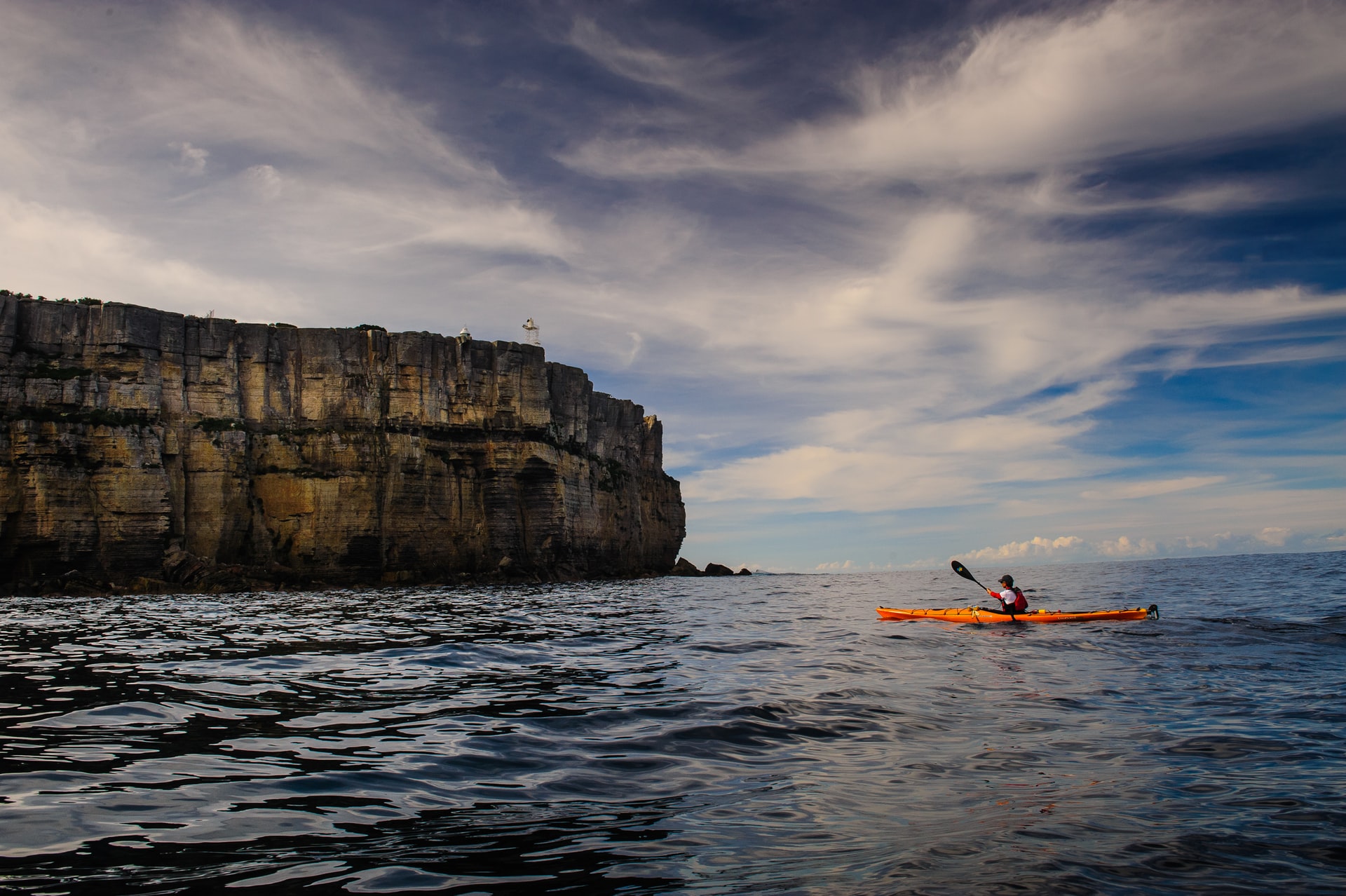
When Is It Too Windy for Kayaking? (Crucial Facts You Should Know)
-

When to Go Kayaking? (What Every Kayaker Should Know)
-
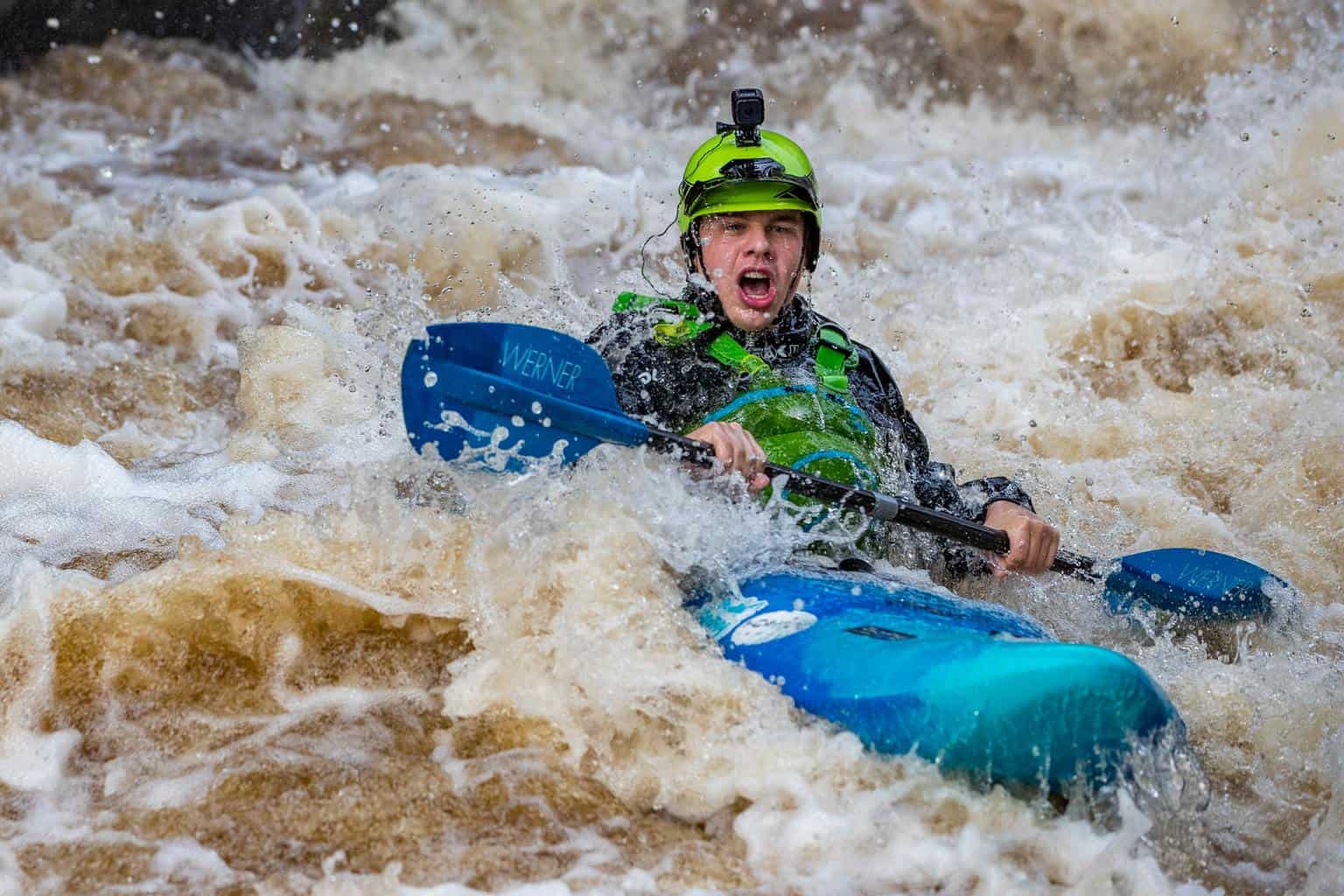
Will I Get Wet Kayaking? (Common Reasons & How to Stay Dry)
-
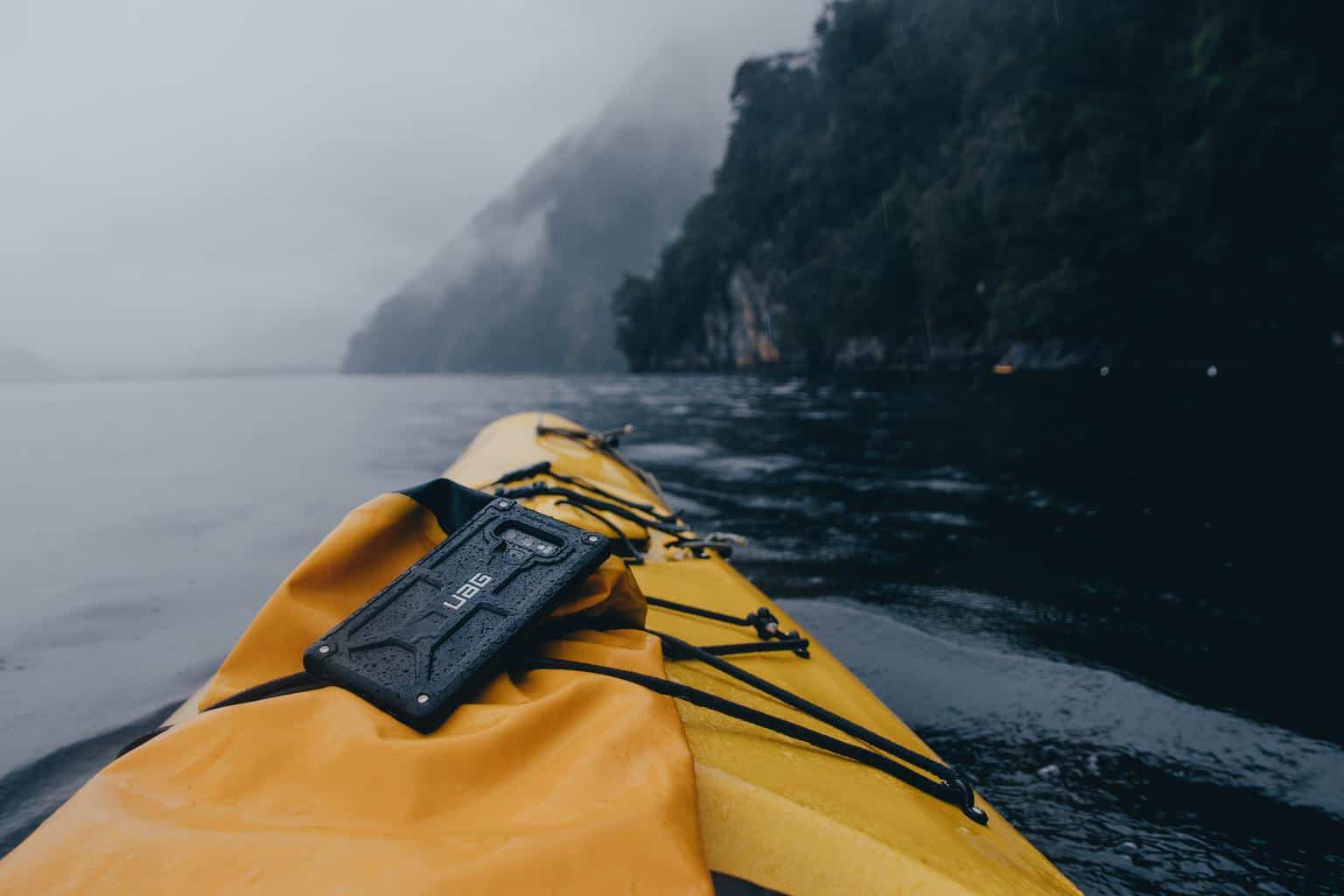
Should I Bring My Phone Kayaking? (7 Good Reasons)
-

What Shoes to Wear Kayaking? (+ the Best Shoes for Your Needs)
-

Can Kayaking Cause Chest Pain? (What Every Kayaker Should Know)
-
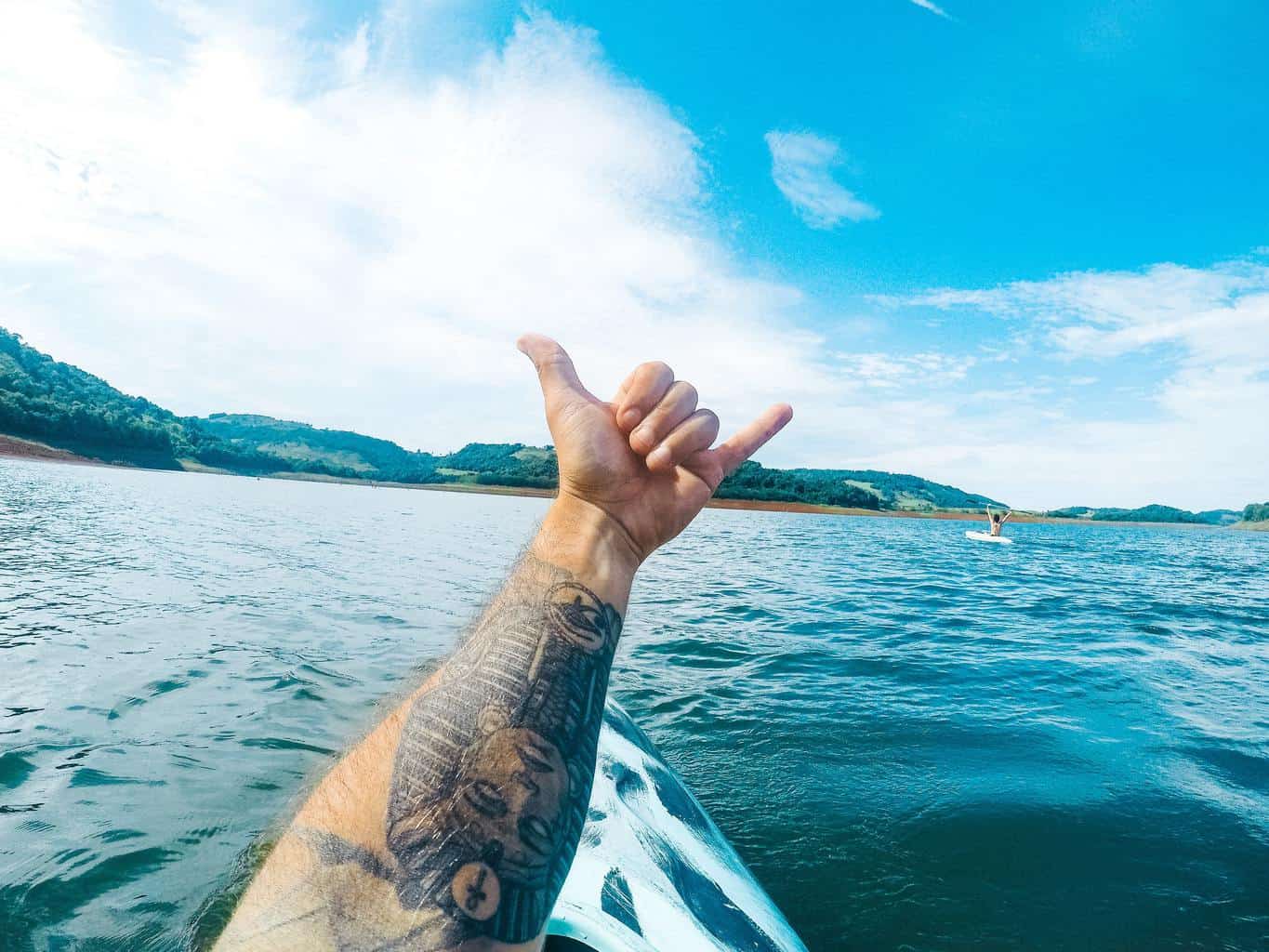
Can I Go Kayaking With a New Tattoo? (Facts You Should Know)
-

Can You Go Kayaking On Your Period? (+Practical Tips)
-

Can Kayaking Cause Hemorrhoids? (What Every Kayaker Should Know)
-
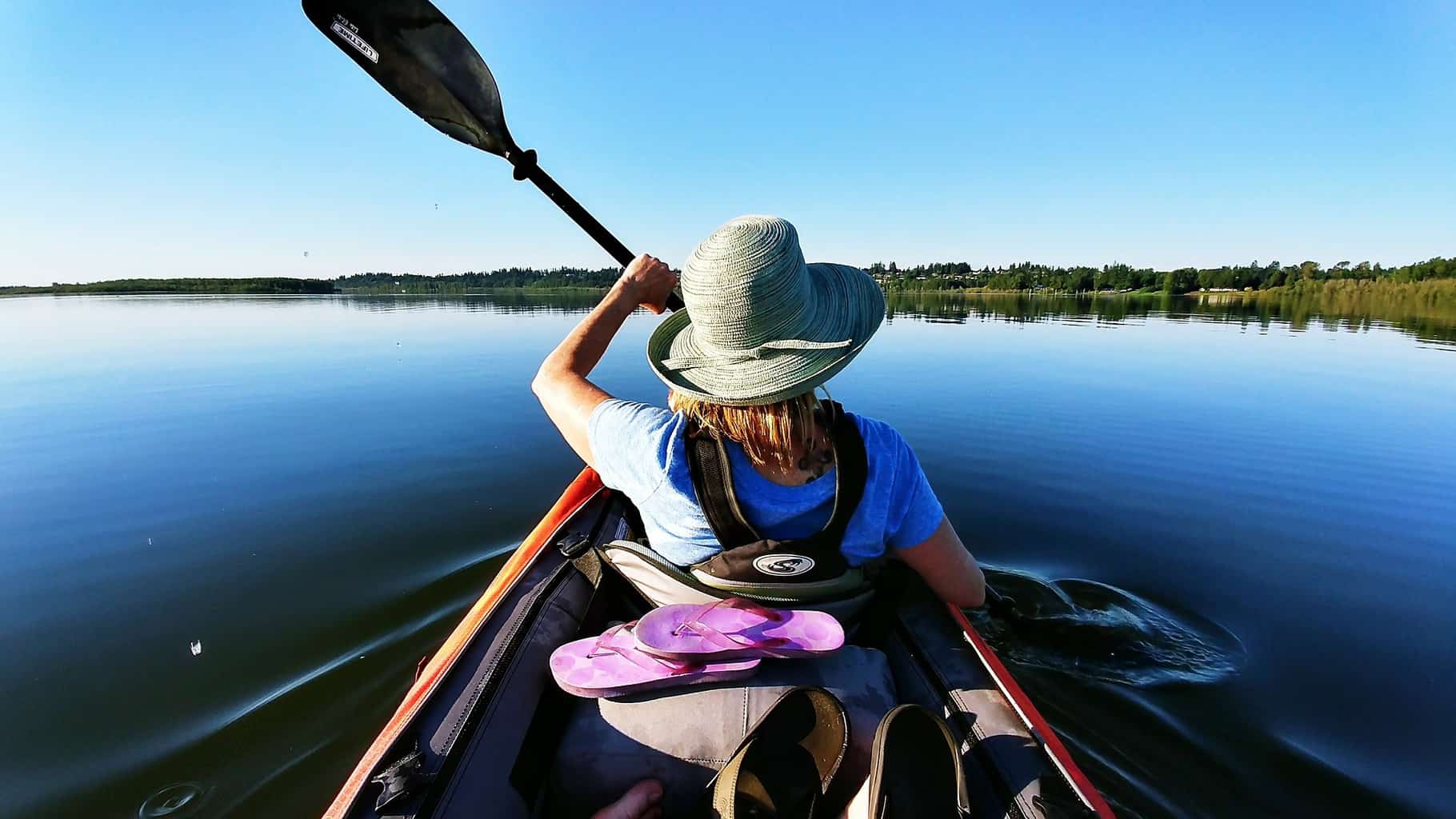
Can Kayaking Cause Tennis Elbow? (+8 Simple Tips to Avoid It)
-

Can Kayaking Cause Sciatica? (+7 Tips to Avoid It)











